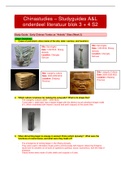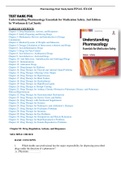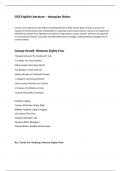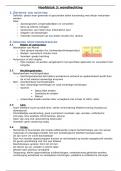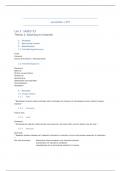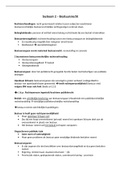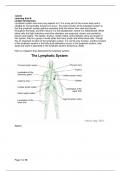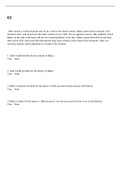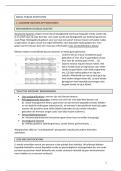Overig
Uitwerkingen studyguides A&L onderdeel kunst blok 3 + 4, S2
- Instelling
- Universiteit Leiden (UL)
Dit document bevat de uitwerkingen van de studyguides voor het vak Literatuur en Kunst van China, onderdeel kunst. Naar mijn ervaring is het voldoende om de antwoorden te leren van deze studyguides om een (goed) cijfer te krijgen voor dit onderdeel. NB. Dit document garandeert niet dat je je tentam...
[Meer zien]
